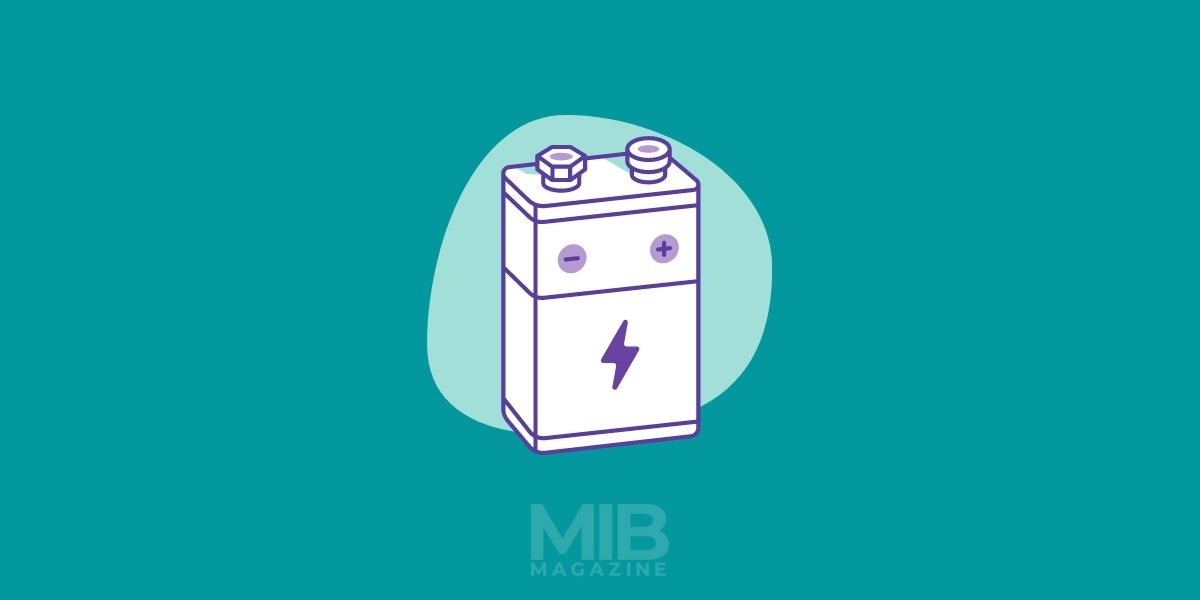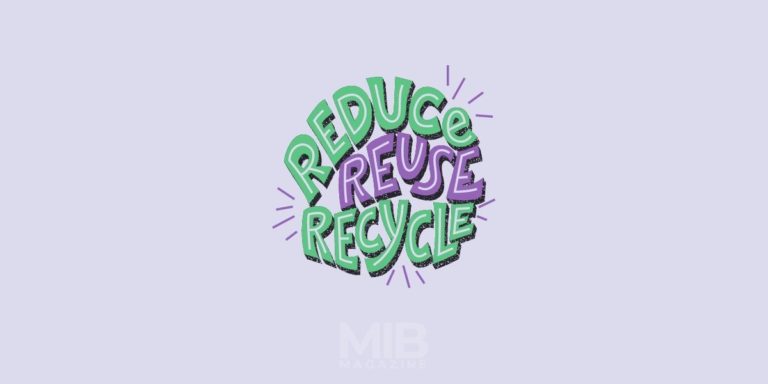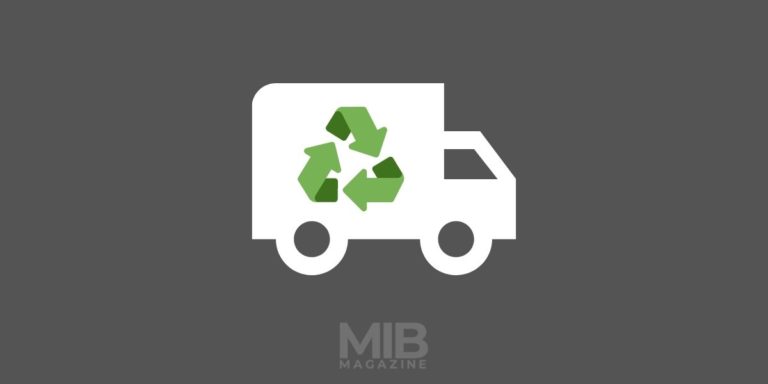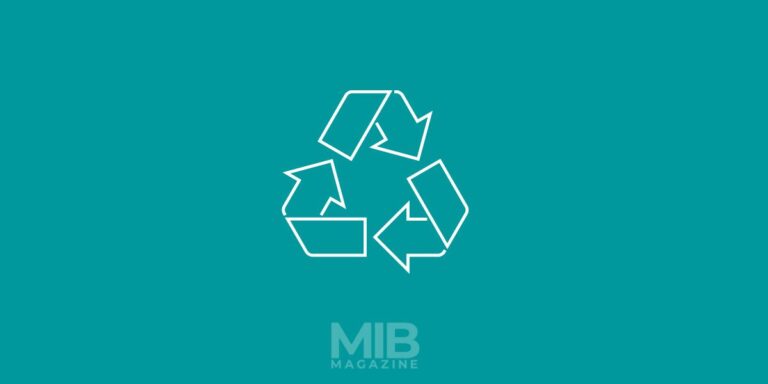Battery Recycling Technology & Business Opportunity

Over the last two decades, national governments, advocacy groups, policymakers, and environmentalists have been pushing the needle forward with a long-term vision of making the world a greener planet to live in. These goals have given rise to a thriving industry that continues to grow in leaps and bounds. So if you had plans to start a battery recycling business, the time has never been brighter.
With affordable technologies and expanding opportunities, the industry landscape offers new entrants better opportunities than ever before. In this article, we will show you the key steps you need to take to start a battery recycling business. We will also throw more light on the potentials for growth and the trends driving the growth of the industry.
An Overview
Battery recycling is not a new practice but has existed for as long as batteries became useful for powering our gadgets and appliances. However, in recent times, the importance of battery recycling has gained widespread significance. In the US alone, the population uses millions of electronic gadgets all powered by different types of batteries, and these batteries often end up in dumpsites. From tiny ones like torchlight batteries to larger ones like electric vehicles and heavy machinery, they come in different shapes and sizes.
Unfortunately, these batteries contain toxic materials that are not biodegradable. When dumped, they contaminate the soil, and the contamination spreads far and wide. The poisonous acids in these batteries expose humans to diverse risks, which is why safely dispensing batteries is an all-important policy for many governments.
So, if you decide to go into battery recycling, you will not only make good money for yourself, you will also be contributing to the conservation of our planet.
What is Battery Recycling?
Battery recycling is simply the process of converting a used battery into a useful battery through the means of electrochemical conversion. Batteries contain chemicals, and these chemicals generate energy that powers our appliances and gadgets. Unfortunately, the more we use the batteries, the more the chemicals deplete up to the point when the materials are no longer generative.
When you recycle a battery, you don’t necessarily tamper with the structure if the electrolyte is not damaged. All you do is recycle the chemical components of that battery. Furthermore, you need to know that
- Not all batteries can be recycled
- Not all recyclable batteries are profitable
- Not all profitably recycled batteries are effective
With these in mind, you should know that only very few batteries can be recycled efficiently and earn you a profit. Fortunately, there are so many batteries that fall under the categories of recyclable, efficient, and profitable.
Li-ion Battery Recycling – EV Battery
As of now you cannot recycle Lithium-ion batteries to the full strength like new ones because fast charging reaction rate and slow discharging reaction rate makes the electrolyte weak.
Lithium-ion batteries are used in Tesla electric vehicle. The materials of Li-ion batteries are highly recyclable but the cost of recycling and weak electrolyte at the end makes it not profitable.
Many startups are working on the Li-ion battery recycling process in a cost effective manner. Li-ion battery recycling is not successful in the United States because we do not have a profitable recycling process yet.
Lithium-ion Batteries Recycling Process
- Discharge the battery
- Disassembly of batteries(ev batteries)
- Mechanical process like crushing and sorting
- Electrolyte recovery process
- Hydrometallurgy process – extraction of metals
- Pyrometallurgy process – Using heat to purify metals
The Battery Production Industry
Most manufacturers focus mainly on the current usage of the batteries that they produce. What happens to them afterward does not fall within their purview. This best explains why there is so much environmental contamination and why there is such a large market for battery recycling. However, before you take the first steps to start your battery recycling business, you need to know which batteries will earn you the most profits.
- Lithium-ion batteries are very expensive, so demand for them is not as high as other batteries for recycling.
- Lead-acid batteries are highly demanded and represent about 90% of the global recycled volume.
- Other battery types have varying degrees of profit margins.
Note: Recycling of lead acid batteries is most profitable as compared to others. The battery recycling industry is dominated with lead acid battery.
Types of Batteries
Another thing to take note of to guide your business decisions is the type of batteries you want to recycle. In the recycling industry, batteries are classified under three categories.
- Rechargeable Batteries – Lithium-Ion, Nickel Metal Hydride, Nickel Cadmium,
- Non-Rechargeable Batteries – Zinc Air, Mercury, Carbon Zinc, Alkaline, Lithium, Silver Oxide
- Industrial Batteries – Steel Case, Wet Cadmium – Nickel Iron – Large Flooded Cell – Absolute – UPS – Car and Marine batteries
Do note that not all batteries can be recycled profitably. Therefore, the responsibility lies with you to identify the ones you can recycle at the least cost to make the most profits.
Lead-Acid Battery Recycling Process
Lead-acid batteries recycling is the most profitable business. You should know that the new lead-acid battery contains up to 85% recycled plastic and lead.
The process of Lead-Acid Battery recycling are as follows:-
- Collection of lead acid batteries
- Hammer mill is used to break the battery into pieces
- Process the broken batteries in a rotary furnace where lead and other heavy metals get collected at the bottom and plastic on the top of the furnace.
- Plastic collection and melting is done to make new battery cases.
- The lead and other metal components are physically and chemically processed into new battery components.
Equipment you will need for Lead-Acid Battery Recycling Plant
The most important component required to start your battery recycling business is the set of equipment you need to recycle the batteries. Your plant will require several machines depending on the kind of battery you intend to recycle. Here are some of the general equipment and tools found in recycling plants.
- Blast Furnace
- Ingot casting furnace
- Rotary furnace
- Lead smelting pot
- Tools for breaking the batteries like removers, box crusher, lock cutter, etc
- Pollution control systems and tools
How many of these tools you need will depend on the type of battery you wish to recycle and your operation scale.
Cost of Setting up a Battery Recycling Plant
The cost of setting up a battery recycling plant is relative. Micro plants will cost less than small plants. Setting up a medium plant will cost less than a big plant. So, therefore, the scale of operation will determine the size and number of tools in the plant and the number of workers required. What it will take to set up a micro-business run by one man will be far less than the cost to set up a business run by dozens of workers.
However, depending on your capacity and investment, expect to spend about 15%-20% of your investment on machinery and installation. You will also need to buy some work tools as well. Furthermore, you may spend between 3%-7% of your investment on machinery maintenance. Then employees will be required to man the machinery if you operate a plant that you can not run on your own. Overall, expect the following
- Machinery and Tools – 15%20% of investment
- Maintenance – 3%-7%
- Business property (Rental/Lease) -20%-25%
- License/Registration/Legal fees – 2%-3%
Expect extra costs like
- Water bills
- Electricity
- General infrastructure
- Transportation
- Workers’ wages (if needed)
- Office equipment
- Account
What is the Value of the Battery Recycling Industry?
The battery recycling industry is growing, and the prospects are brighter by the day. For example, in 2019, the value of the Lithium-ion industry was valued at $1.3 billion, and Statistica estimates that the global industry will hit $11 billion by 2027. Also, the report shows that between 2002-2027, the market will grow by 32%.
In another report published by Market Research Future (MRF), they estimate that the global industry will hit $16.8 billion with a 9.1% annual growth until 2027. MFR also claims that the industry was worth $1.75 billion in 2020. So regardless of the estimate differentials, we all can agree that the prospect for the industry is indeed bright. Moreover, the factors and key market indicators driving the growth of the industry remains very strong as cities and nations adopt climate-friendly policies and technologies.
At this juncture, let us now review some of the steps to take to start a successful battery recycling business.
How to Recycle Battery – Business Plan
Find below some of the things you need to put in place to establish your own battery recycling business.
1. Write a Business Plan
The first important step to take is to write a business plan. Remember that a recycling business is a very serious investment, so you want to make sure that you don’t go into it blindly; otherwise, you will lose your investment. Creating a plan will prove to investors and partners that you have a full grasp of all that the business entails. Your business plan should contain information about
- Sources of funds
- Operating costs
- Overhead costs
- Marketing plan
- Sources of raw material
- Break down analysis
- Projected income
If your plan covers every aspect of the proposed business, you will be in a much better position to draw action plans to cater to challenges and opportunities as they arise.
2. Business Registration
The next thing you should do will be to register the business. Will it be a partnership, a single proprietorship of a corporation? The structure of the business will show up in the registration documents. You also have to register the business in the state you plan to operate in through the office of the Secretary of State.
Establishing contact with the agency responsible for regulating battery recycling activities in your area is also very important to avoid environmental violations.
3. Identify your Target Market
You now have to identify your target market. Who are you going to sell to? Where are the buyers located, and what is it going to cost you to get the product to them? This is an essential piece of your plan that should be taken seriously. If you get this right, you are already halfway on your journey to success. If you have enterprises that are willing to accept your recycled materials, your turnover rate will increase quickly.
4. Devise a Collection Plan
Sourcing batteries haphazardly will take you more time and increase your running cost. This is why you need to devise a collection plan. Having a target source will help you gather significant volumes that you can recycle for a profit. There are various ways to do this. For example, you may choose to build a network of independent collectors who will bring them to your plant, or you can go the least expensive route of installing bins at strategic locations to collect them and schedule a pickup at regular intervals. You may even have customers who wish to dispose of old batteries ship theirs to your plant directly.
There is no golden rule about how to go about it; just make sure the plan you initiate is efficient and cost-effective.
5. Choose a Battery Niche
Another very important decision you will have to make is to pick a battery niche you wish to recycle. Will you be recycling lithium batteries, nickel-cadmium, or alkaline batteries? Will it be rechargeable batteries or industrial batteries? This is one decision you cannot afford to take lightly. Let the batteries you choose be the ones that you
- Have ready buyers for
- Can recycle for a profit
- Can recycle efficiently
- Have access to the supply chain
If the above elements are in place, your chances of succeeding will improve significantly. For example, having a collection pipeline to gather waste batteries is a great way to start. Also, scheduling regular pickups and dropoffs is another thing to plan for.
6. Promotion Plan
No matter how solid your business plan may be, you will not grow as fast as you wish if it does not include a promotion plan. This is because the industry is very competitive, and you need to put your brand out there for suppliers and buyers to see. Implementing a winning strategy will bring both parties to you rather than going to them. To be fair, at the initial stage, you will have to spend money to promote your brand, but the long-term benefits of doing so will impact your balance sheet favorably at the end of the day.
7. Plan for Challenges
As with every line of business, the battery recycling industry has its own unique set of challenges. Challenges may include
- Sourcing old batteries in commercial quantities
- Interactions with government authorities
- Price changes
- Keeping your plant operational
- Miscellaneous issues
To be a successful entrepreneur, you need to have a plan in place to deal with these challenges and more because they are inevitable.
8. Have an Active Health Insurance Policy
Last but not least is to have a health insurance policy that is active. Although you may have all the protective gear you need, you need to plan for the potential hazards associated with dealing with radioactive materials like battery handling. In fact, in many cities, having such a plan is part of the requirements involved before you will be granted a license. If you plan to have workers on-site, they also need to have health insurance plans too.
Conclusion
This list is by no means exhaustive but the points discussed are some of the important components involved in setting up a battery recycling business.
FAQs
Recycling technology refers to the application of scientific and engineering principles to the creation and use of materials that are derived from recycling existing objects, such as paper, plastic, rubber, electronics, and metals.
The primary benefit of recycling technology is that it helps to reduce the amount of waste that ends up in landfills and the environment by reusing existing materials. Additionally, it helps to lessen the environmental impact of manufacturing new materials and reduces the need to use natural resources.
Some of the risks associated with recycling technology include improper disposal, air and water pollution, increased energy costs due to processing, and health and safety hazards.
The cost of recycling technology depends on several factors, including the type of technology being used, the complexity of the process, and the amount of materials being recycled. Generally, recycling technologies cost more than traditional manufacturing processes.
There are numerous business opportunities available for those interested in recycling technology. These include industries related to sorting, processing, and manufacturing of recycled materials, as well as research and development in the area of recycling technology.
Yes, recycling technology is a profitable business opportunity. Companies that reuse material can save money from input costs and can also sell back some recyclable materials to third parties.
Some of the challenges businesses involved in recycling technology face include high labor costs, limited infrastructure development, and low market prices. Additionally, recycling technology can encounter unexpected costs associated with storage, disposal, and transport.
The regulatory environment for recycling technology varies by location. In the United States, legislation is in place to minimize recyclable material being sent to landfills and to encourage using recycled material.
Yes, there are various financial incentives available for businesses involved in recycling technology, such as grants and tax incentives. Furthermore, various organizations offer resources and information about recycling technology, which can be beneficial for businesses looking for funding or research.
The different types of recycling technology include mechanical recycling, chemical recycling, biological recycling, and thermal recycling. Mechanical recycling involves breaking down materials into smaller pieces and can be used for everything from plastic to metals. Chemical recycling involves using chemical processes to break down material, while biological recycling involves using microbes and enzymes to break down material. Thermal recycling involves using heat, steam, and pressure to break down material.






